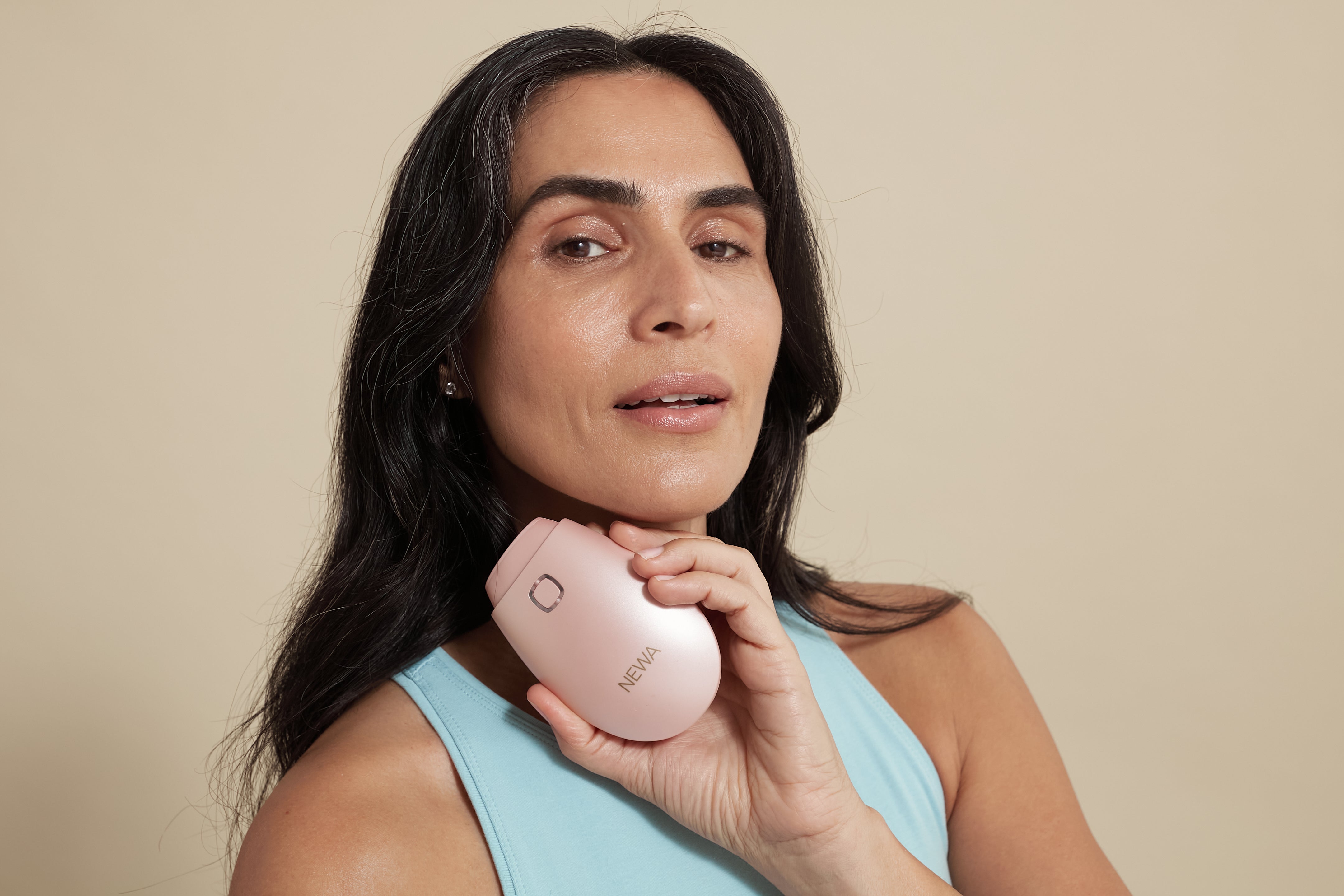Welcome back to the NEWA blog!

Here you’ll find an array of skincare topics from radio frequency and our NEWA devices to cosmetic ingredients and skin concerns. As a brand, we are grounded in science and we love to share that with our customers.
We’re continuing our ingredient spotlight series with skincare multitasker niacinamide!
Have you heard of this trending ingredient? Thanks to the buzz in the skincare community, it seems like it’s in everything these days. In this blog we will discuss not only what it is and how it works - but also how to find a truly effective formulation in the sea of options out there.

What is Niacinamide?
Niacinamide is an active form of Vitamin B3 and used in skincare and supplements in addition to being found in the body.
B3, or niacin, is a water-soluble vitamin that also plays many important roles in the body and is consumed through diet. Along with the other eight B Vitamins, it is important for nervous system health and converting the food we eat into energy. It’s also believed to help lower cholesterol and has anti-inflammatory and antioxidant effects
Niacinamide deficiency is rare and it’s easily found in the diet through sources like chicken, turkey, and salmon. Despite its inclusion in most multivitamins, supplementation isn’t usually needed. But what about topically?

Vit B3 and the Skin
Niacinamide is a precursor for NAD (nicotinamide adenine dinucleotide) which is also present in the body in its reduced and oxidized forms NADH and NAD+. These coenzymes are critical for many reactions in the body, including metabolism.
The cells in our skin also require cellular energy and the mitochondria are responsible for ATP production. Without energy, none of the necessary activities in the skin could occur - like the formation of new cells. Mitochondria have been linked to skin aging as well as levels of NAD. As a result, it’s believed that increasing levels of precursors like niacinamide can help slow the aging process.
Niacinamide is believed to work topically in skincare products because it can increase levels of NAD (niacinamide adenosine dinucleotide) and may also interact with nicotinic acid receptors in the skin.

Benefits of Niacinamide
So what are the benefits of niacinamide of skincare products? There’s many! As we mentioned at the start, it’s quite the multitasking ingredient.
Skin Benefits:
- Acts as an antioxidant, increasing the antioxidant capacity of the skin and giving niacinamide its anti aging effects.
- Supports the skin barrier by upregulating the synthesis of ceramides - important lipids for barrier function - and keratinocyte differentiation which makes the skin barrier thicker
- Improves redness and sensitivity as barrier health means less irritation
- Reduces skin yellowing as it’s often a result of glycation
- In addition to the antioxidant effects, it’s anti aging ability is also likely due its ability to aid in collagen production
- Anti inflammatory action makes it great for acne prone skin and it may even help reduce sebum production
So as you can see, there are many reasons to include niacinamide in your routine and most people can benefit from a product with it included.

Niacinamide in Skincare
Now, let’s finish with what is important: selecting a product that is going to be effective.
Niacinamide has gotten a lot of attention and as a result, it’s in many products. You may even feel like brands are adding it to everything these days. Because no single ingredient makes for a good product, it’s important to look at the formulation as a whole.
Luckily, niacinamide is easy to formulate with. It’s water soluble, penetrates the skin fine, and plays well with others. So you don’t need to worry about anything other than making sure it’s at a concentration of 2-5% as that is what has been studied to work.
The rest is all going to be about the other ingredients and what your skin type and concerns are. So let’s cover some ingredients that you should look for together with niacinamide before you buy:
Dry Skin:
- ceramides
- cholesterol
- fatty alcohols
- fatty acids
- phytosphingosine
- phospholipids
Dehydrated Skin:
- urea
- hyaluronic acid
- glycerin
- amino acids
- sodium PCA
Sensitive Skin:
- panthenol
- allantoin
- bisabolol
- aloe vera
- chamomile
- cucumber
Oily Skin:
- green tea
- witch hazel
- retinoids
Acne:
- salicylic acid
- mandelic acid
- sodium ascorbyl phosphate
- retinoids
Hyper-pigmentation:
- n-acetyl glucosamine
- tranexamic acid
- arbutin
- azelaic acid
Aging:
- retinoids
- Vitamin C
- DMAE
- growth factors
- peptides
- glycolic acid
- sunscreen
Tip: Using niacinamide in your skincare routine after NEWA treatments is helpful as it not only helps with overall skin health and photoaging but supports the skin barrier. As we’ve discussed in previous posts, dry skin is more resistant to treatments that utilize a flow of current and more hydrated skin will ensure optimal conductivity.
Did you enjoy this post? Share it with a friend and check out our other posts. And while you’re waiting for the next blog post, come say hi in the Facebook group and our Instagram!




